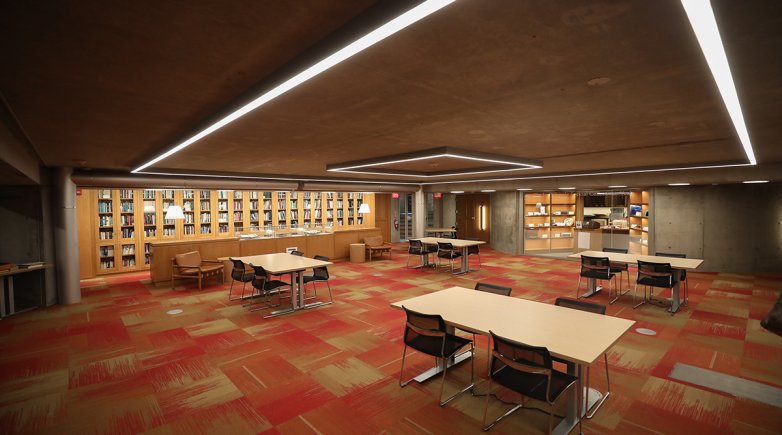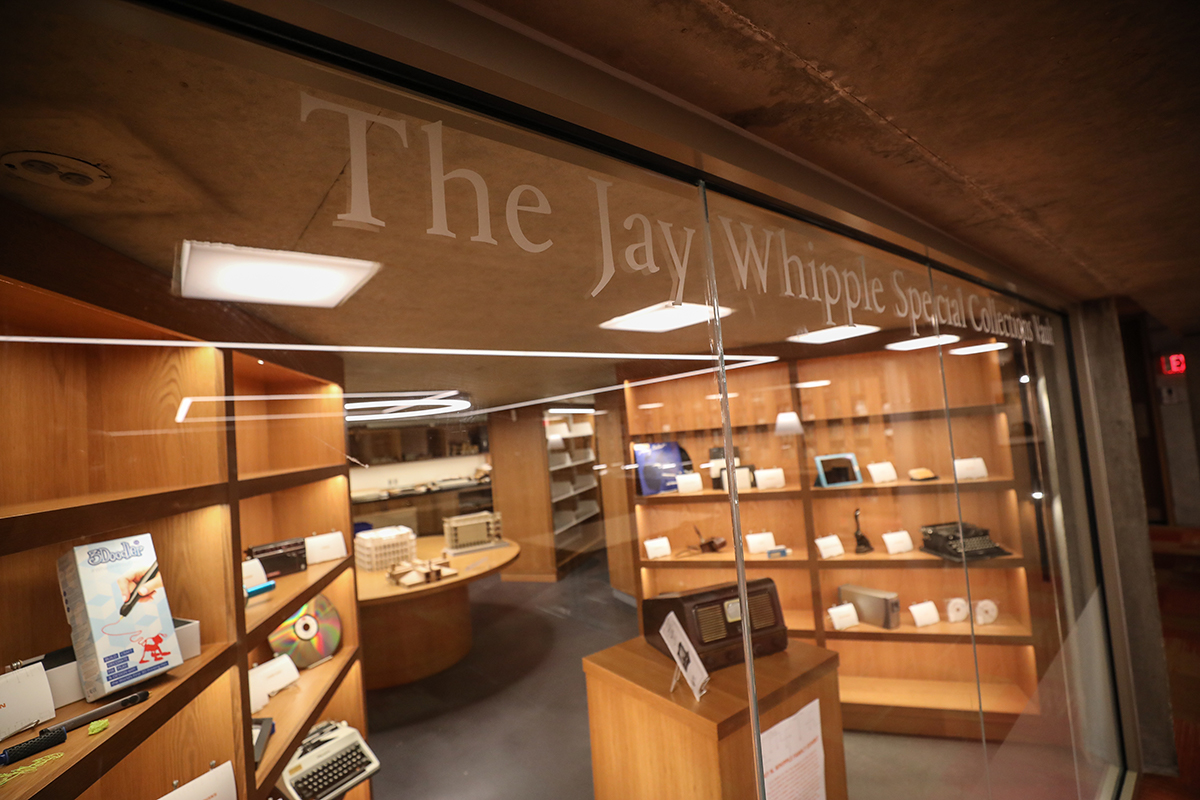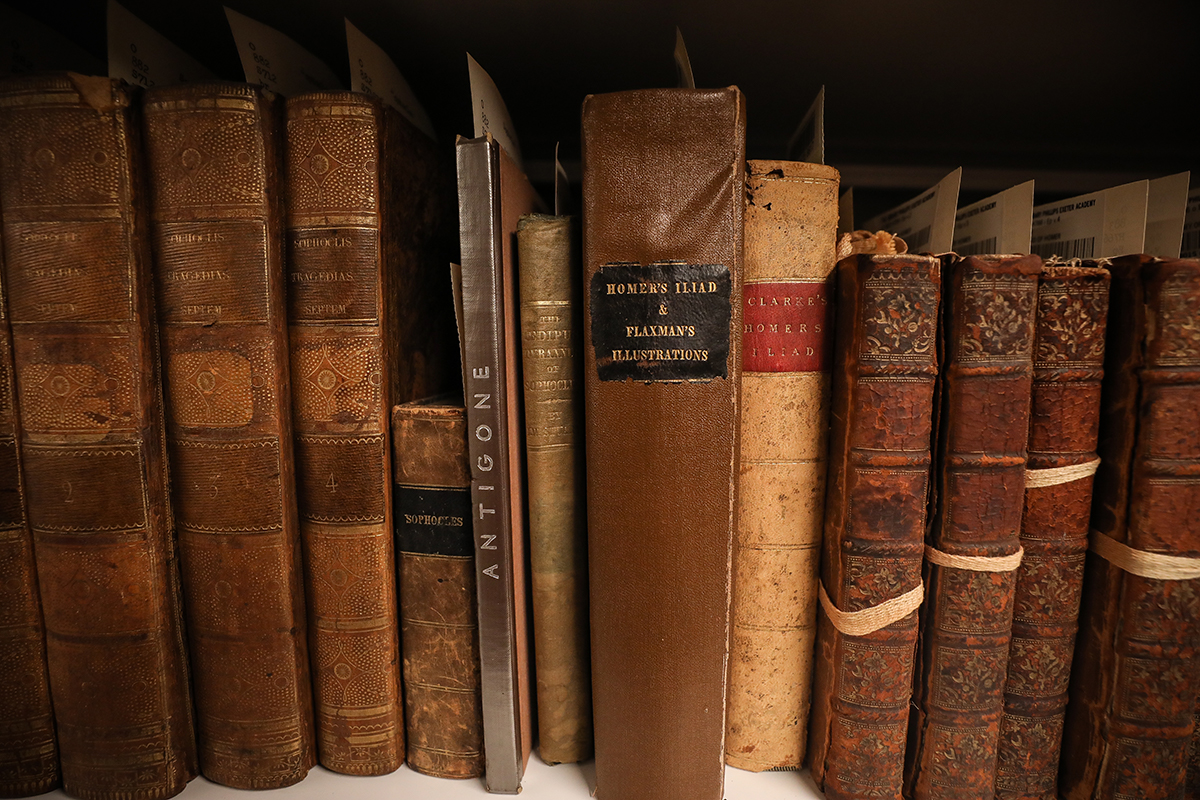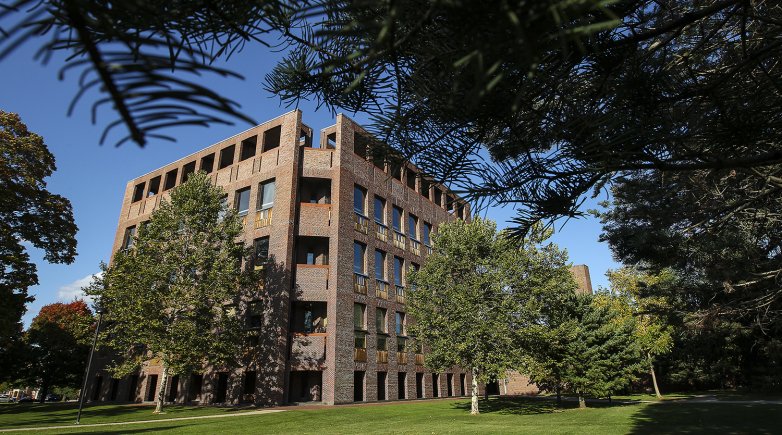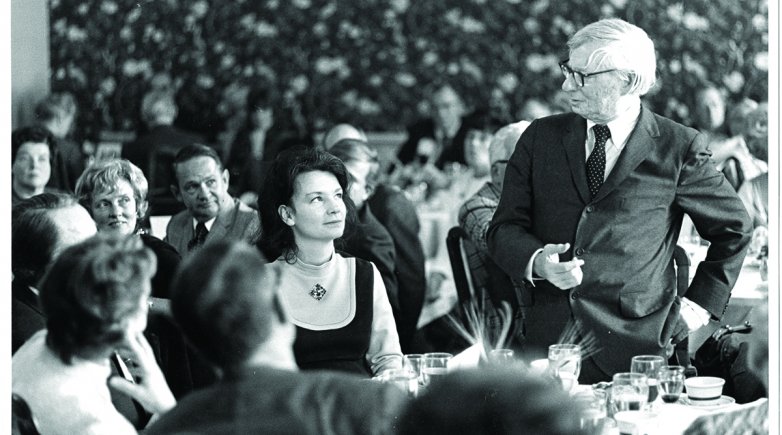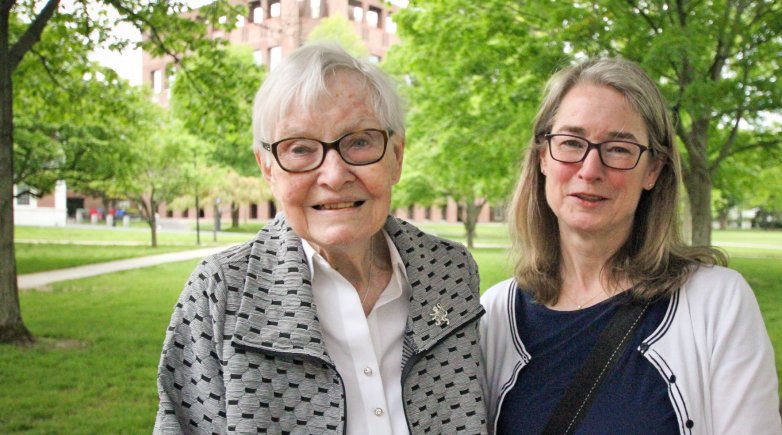Archives provide new home for Exeter's treasures
Two centuries of history and some of the Academy's rarest gifts highlight the Center for Archives and Special Collections.
The reading room in the Center for Archives and Special Collections offers space for research and functions.
Two floors below the splendor of Rockefeller Hall and its soaring reaches and downstairs from the warm confines of the Library Commons, the Class of 1945 Library's latest treasure awaits discovery.
The Center for Archives and Special Collections, quietly opened on the library's bottom floor amid the grip of the pandemic, is home to Exeter history and its rarest cultural and literary gems. Once a dreary basement filled with two centuries of the Academy's past, the space has come to life through the vision of now-retired Librarian Gail Scanlon, the artistry of Ann Beha Architects and the generosity of the family of Jay N. Whipple Jr. '51. Today, as the library celebrates its first 50 years, it has a new resource for its next 50 and beyond.
Magdaline "Magee" Lawhorn, the head of Archives and Special Collections since 2019, helped shepherd the project to the finish and is the proud keeper of a space she hopes becomes a popular destination for Exeter students.
"People value their own history, and they want to collect their own story for future generations," Lawhorn said. "But I think now the field has shifted to be like, 'OK, we're not just here to hoard things and preserve them, we have to create teachable moments from these resources or else, they're just taking up valuable space.'
"I want these collections to be seen. I don't want us to just hide them somewhere. Because at the end of the day, yes, we're supposed to preserve and protect these materials for humanity, but at the same time, if we're protecting them to the point where they're inaccessible, we're doing a disservice to humanity as a whole."
Lawhorn recently offered a tour of the revamped space to reveal some of the center's new spaces:
The Whipple vault
Rare books and first editions
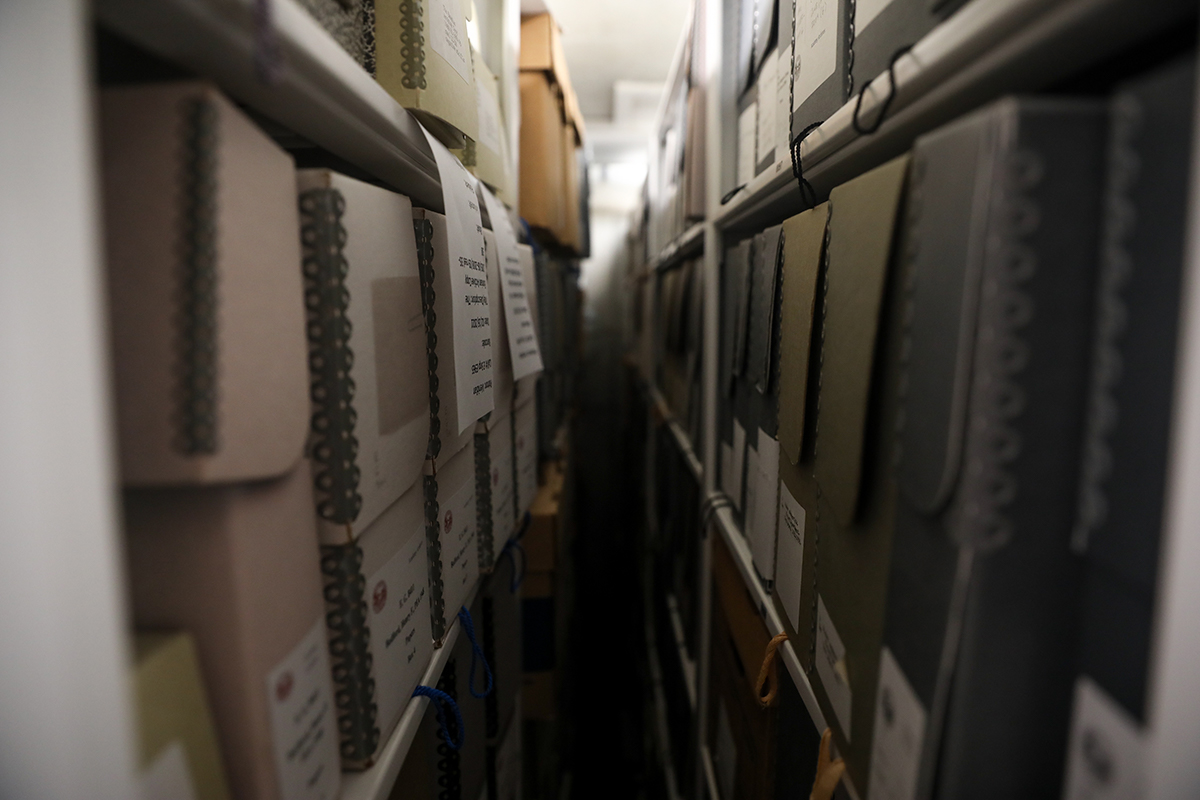
The archives
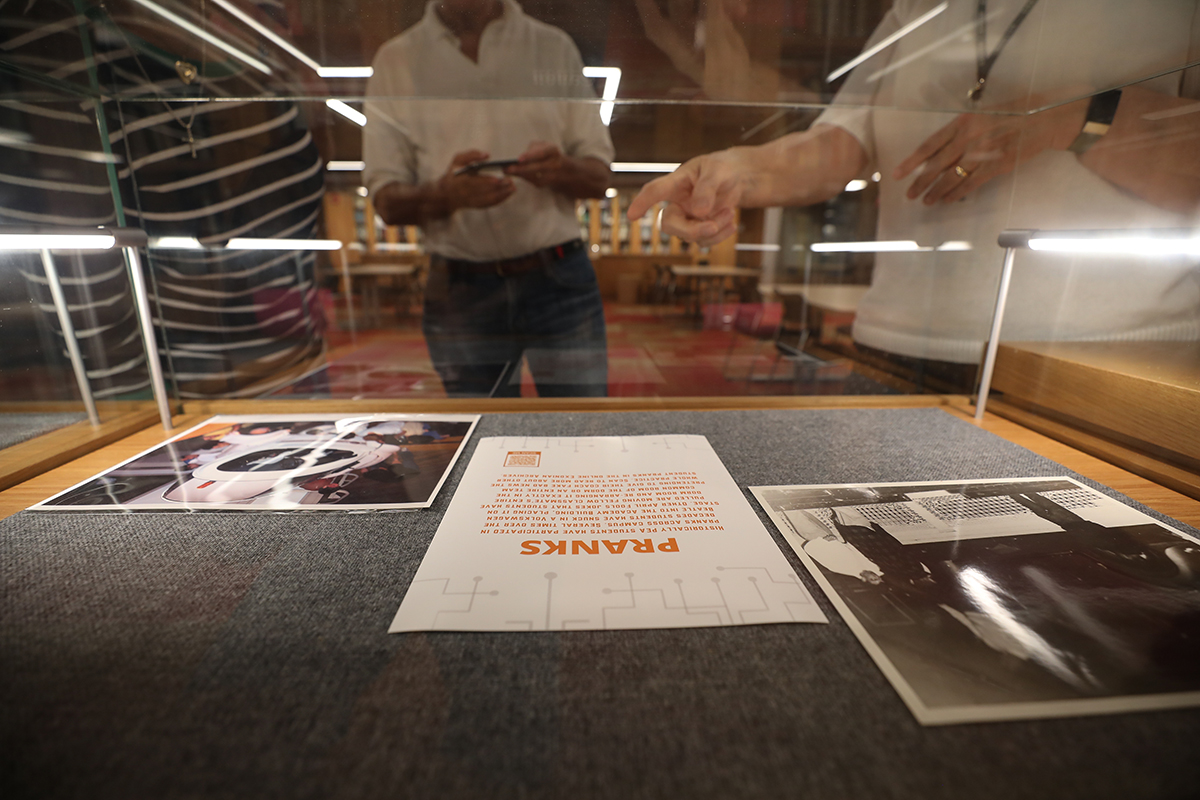
The vitrines
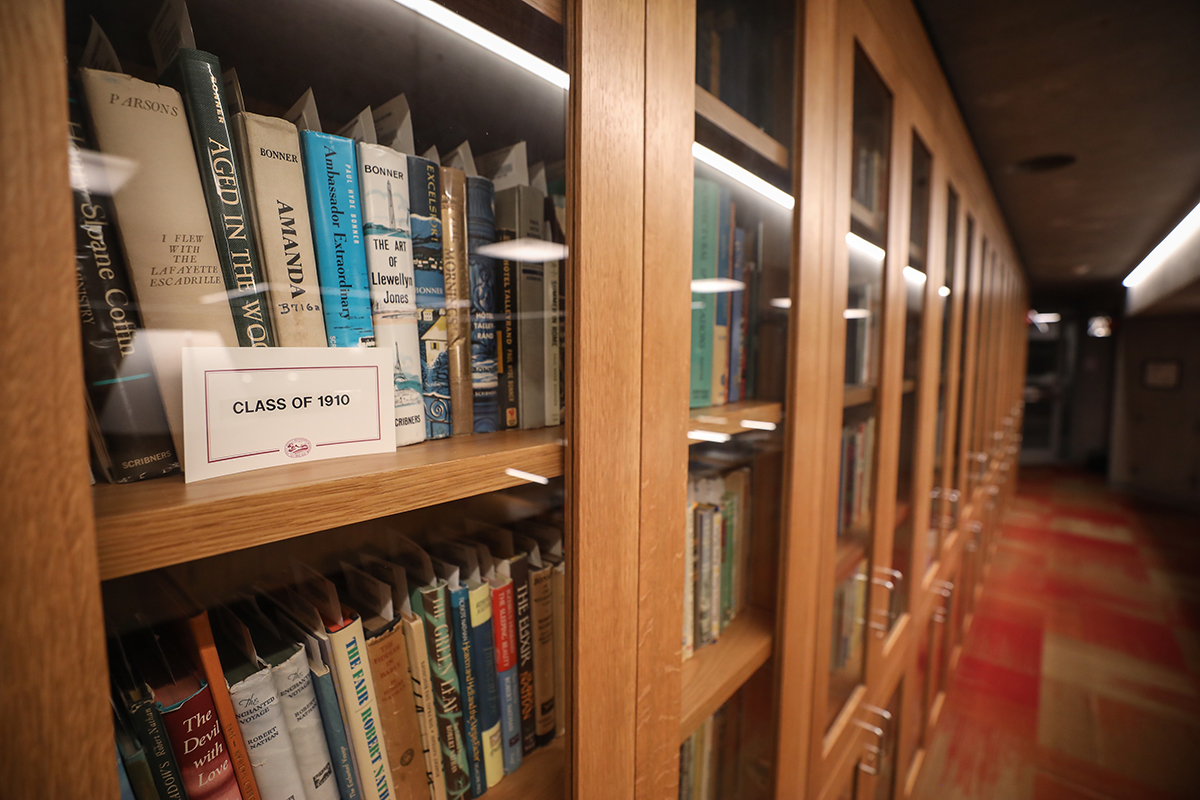
Exonians in print
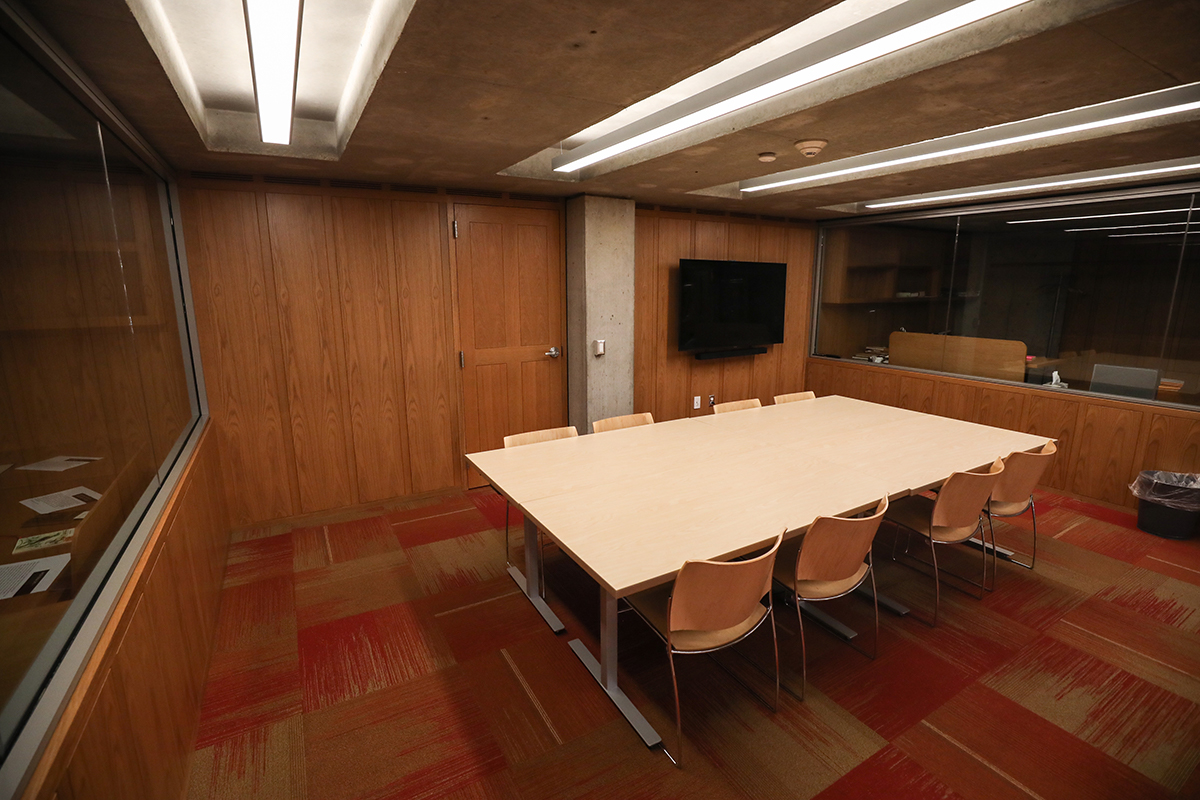
A classroom
